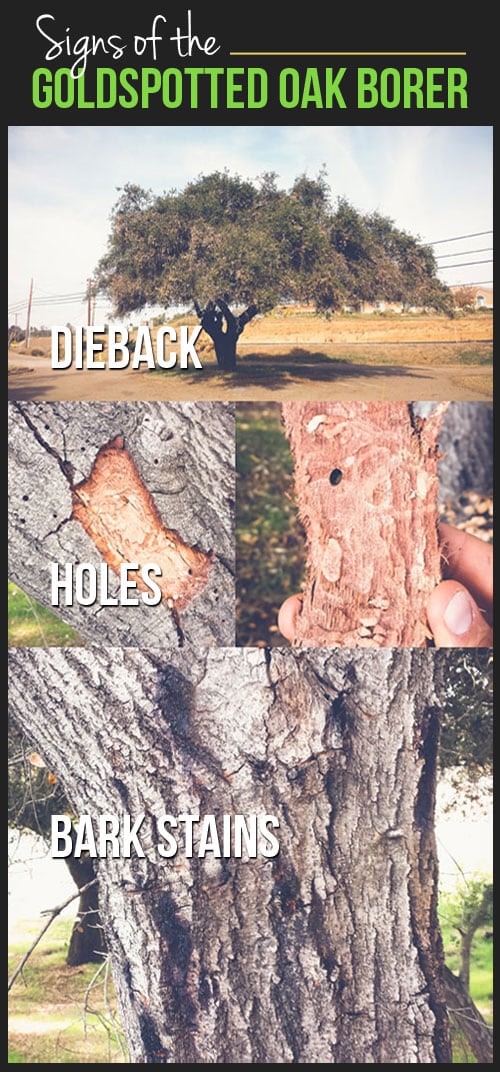The Ecological Effect Of Tree Elimination: What You Ought To Know
The Ecological Effect Of Tree Elimination: What You Ought To Know
Blog Article
Uploaded By-Marks Boyette
When it comes to the ecological impact of tree elimination, there are vital aspects that require your attention. From the intricate web of connections within ecosystems to the subsequent effects on environment patterns, the effects are extensive. You could be surprised to discover the complex methods which the elimination of trees can resound throughout the environment. Keep tuned to unravel the complex connections and effects of this relatively uncomplicated act.
Deforestation and Habitat Loss
Logging and habitat loss are critical problems coming from tree elimination. When trees are cut down, it interferes with entire ecological communities. Not only are the trees themselves shed, but the homes and food sources of many plant and pet varieties are damaged as well. Birds lose their nesting sites, mammals lose their shelter, and pests shed their habitats. The results ripple via the food cycle, impacting killers and target alike.
Furthermore, deforestation adds to climate modification. Trees play a critical function in absorbing carbon dioxide, a greenhouse gas that catches warmth in the atmosphere. With less trees, there's much less carbon dioxide absorption, bring about enhanced degrees of this gas in the environment and intensifying worldwide warming.
Precisiontimberfelling
Environment loss is a straight result of deforestation, as the devastation of woodlands indicates the loss of distinct and diverse ecosystems. Several types are unable to adjust to fast changes in their setting, resulting in population declines and, sometimes, termination.
Protecting woodlands is necessary to preserving the fragile balance of nature and making sure the survival of countless plant and pet species.
Influence on Biodiversity
The elimination of trees has a substantial effect on biodiversity, influencing the selection and abundance of plant and pet species in an area. Trees offer habitat and food sources for numerous organisms, from pests to birds to animals. When trees are eliminated, these varieties shed their homes and sources of nourishment, resulting in a decline in their populaces. This disturbance can have cascading impacts on the whole environment.
Moreover, trees play a critical function in preserving biodiversity by producing microhabitats within their covers, trunks, and origins that sustain a vast array of species. When trees are lowered, these specialized atmospheres are destroyed, reducing the overall variety of the location.
In addition, the removal of trees can bring about a decrease in hereditary diversity within plant populaces, as particular tree types might no more be able to recreate or spread efficiently. Securing trees and woodlands is vital for maintaining biodiversity and making certain the health and wellness of ecological communities for future generations.
Soil Erosion and Environment Change
With trees being eliminated from an area, the disturbance of soil structure and stability takes place, leading to boosted soil disintegration. Trees play an important role in avoiding erosion by holding dirt in position with their origin systems. When helpful resources are eliminated, particularly in large numbers, the soil comes to be more vulnerable to erosion from wind and water. This disintegration not just influences the instant surroundings yet can also lead to sedimentation in neighboring water bodies, influencing water high quality and water ecological communities.
In addition, trees help control the climate by taking in co2 during photosynthesis. When trees are lowered, this all-natural carbon sink is diminished, contributing to boosted levels of greenhouse gases in the atmosphere. This can intensify environment modification, leading to more severe climate events and interruptions in ecological communities worldwide.
As a result, the elimination of trees not just increases soil disintegration however likewise contributes in the bigger environmental problem of climate change. It's vital to take into consideration these variables when assessing the effects of tree removal on the environment.
Conclusion
Now that you know the environmental influence of tree removal, take into consideration the repercussions prior to cutting down trees. Deforestation interrupts ecosystems, decreases biodiversity, and contributes to dirt disintegration and environment adjustment. By being mindful of the effect of tree removal, you can aid secure our setting and maintain the fragile balance of nature. Make educated choices and think about alternative options to decrease the adverse effects on our world.
